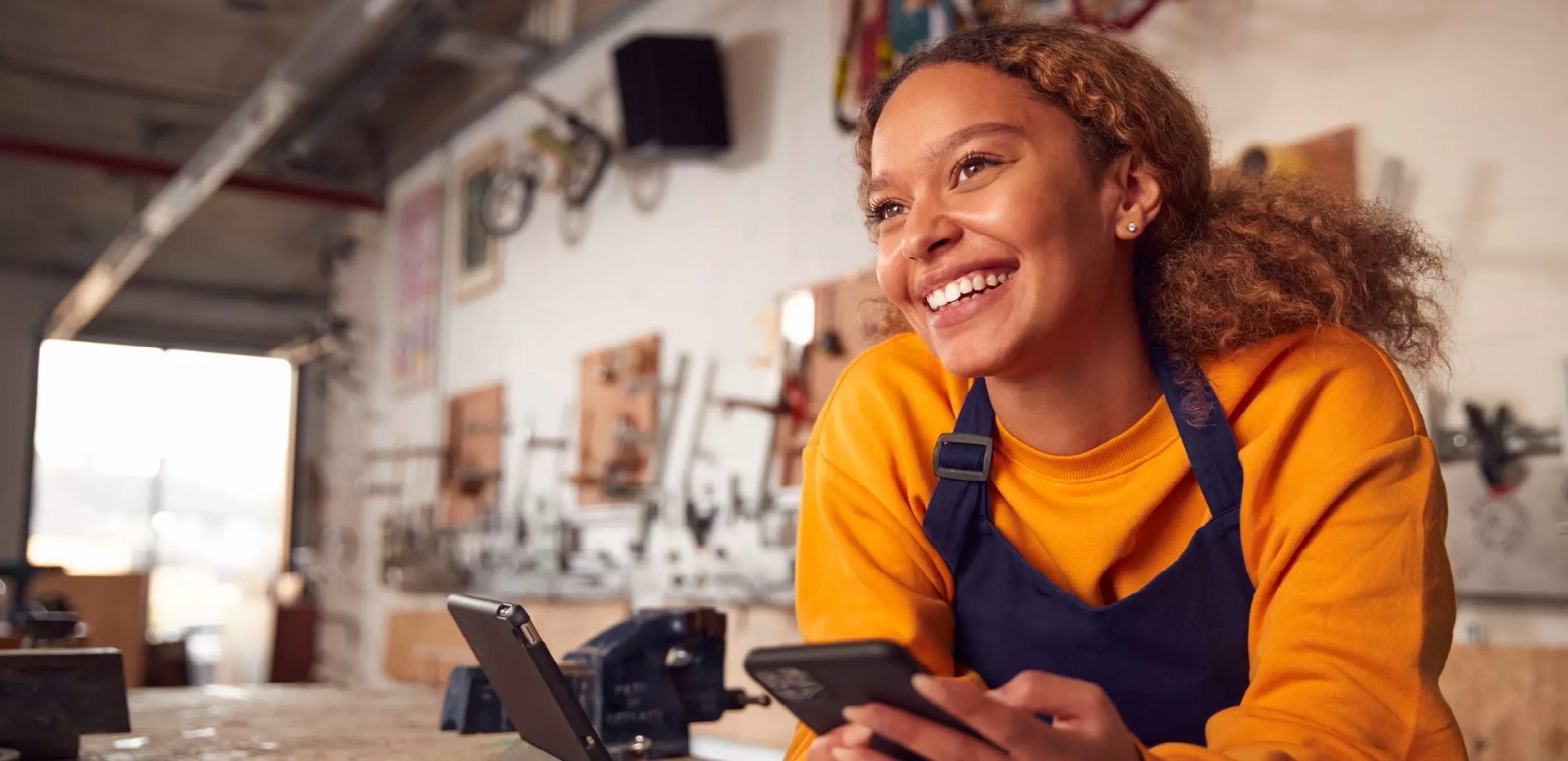
The switch to online has been inevitable since the onset of covid, but we’ve also seen other shifts in behaviour, particularly with the rise of local where support for the community has been an emerging trend.
During the pandemic we’ve seen the strength of how local communities have supported business and this has grown exponentially.
In the last 12 months e-commerce has undoubtedly come to the rescue for retail, with many brands rising to the online challenge and growing their operation exponentially. This has been more straightforward for purely digital and omnichannel retailers and now over 31% of retail sales are now taking place online (ONS Dec 2020).
As we head back out of lockdown the emphasis, particularly for those with a combined bricks-and-mortar and online presence, will be to continue to bridge the gap between these environments, whilst remaining agile.
However, a key challenge for retailers remains how to build a community of customers that engages with your brand beyond the transaction? During the pandemic we’ve seen the strength of how local communities have supported business and this has grown exponentially. But how do larger retailers drive community interconnectedness, both digitally and in-store?
The concept of building community spaces is certainly not new. Cafés and restaurants or just Wi-Fi spaces have been used to help retailers offer an improved customer experience for years. More recently Lululemon have taken this concept to the next level in the way they utilise space to engage with their audiences. From their launch, rather than use celebrity to endorse their brand, they have made a point of collaborating with local yoga teachers and fitness instructors, utilising store environments for classes and other events.
Other great examples of establishing community in-store and embedding it within the shopping process or “peer-to-peer commerce” include:
- UNIQLO’s StyleHint’s application, launched in 2019, it helps shoppers find new ways to style favourite pieces already in their closet, by shopping for items that fall into your feed. It’s a simple, crowd-sourced, space-saving and highly engaging solution to bring real people’s styles into the store and monetise it by making the looks shoppable.
- Swarovski are leveraging fan content through their Crystal Studio, launched in the UK in 2020. The concept aims to elevate the in-store experience through an interactive and socially focused environment, to bring the Instagram looks made by fans into the store to inspire shoppers.
Brands are adopting a range of other tactics to bring authenticity to their brand and engage with customers through shared values and interests.
- Sponsorship is a way to associate a brands commitment to a cause to help engender positive associations, boost credibility and generate goodwill; just look at the way Tesco have achieved this with Cancer Research UK since 2002.
- Pop-ups (prior to lockdown) have also been used successfully to create short term physical environments, particularly for smaller online start-ups dipping their toes into the physical retail environment, but they also allow more established brands to engage with a key segment of their customer base.
And it’s not just a physical set up that can be used to generate a sense of community. Social commerce is being used to great effect through media platforms such as Instagram, Facebook, and Pinterest to help brands get discovered, maximise engagement and drive sales. They create a complete social shopping experience, enabling users to seek advice, read reviews, consult with friends to form opinions in an interactive and frictionless way. Crucially this provides instant feedback on your brand, and if you’re doing things right, it helps to create brand advocates, who not only buy your brands products or services, but importantly help spread the word.
Whatever the approach the starting point is always with the brand itself, you need to ensure that every touch point reflects your personality and culture, especially your staff, who are integral to driving your culture.
Creating that sense of community has significant benefits for brands:
- Creating a sense of belonging
- Driving brand engagement
- Generating advocates to spread brand love
- Encouraging repeat business and loyalty
- Ultimately increasing spend and revenues
Since lockdown we’ve identified three important themes, encompassed in our “W.I.N.” framework, to help businesses objectively measure and assess the viability of potential initiatives they may be considering. Our key themes are:
- ‘Wired’: many of us are now entrenched to shopping online and this looks to continue. How do you create an engaging online experience that goes beyond just transactional?
- ‘Interconnectedness’: most of us are in constant contact with our social networks digitally in lieu of face-to-face (something we may have been missing and will now want more of). During lockdown, building meaningful relationships has often taken the form of more local, community shopping but can this last? How do your current retail strategies encompass the shopping channels and leverage the longing for community and togetherness?
- ‘New Norms’: With the world constantly changing, new social contracts and behaviours are manifesting themselves and will become permanent (think face masks but also upcoming recession). Do you have a constant view of changing norms and is your business agile enough to accommodate these changes?
To find out more about how to W.I.N at retail and how we are helping retailers successfully navigate these times, please get in touch.





